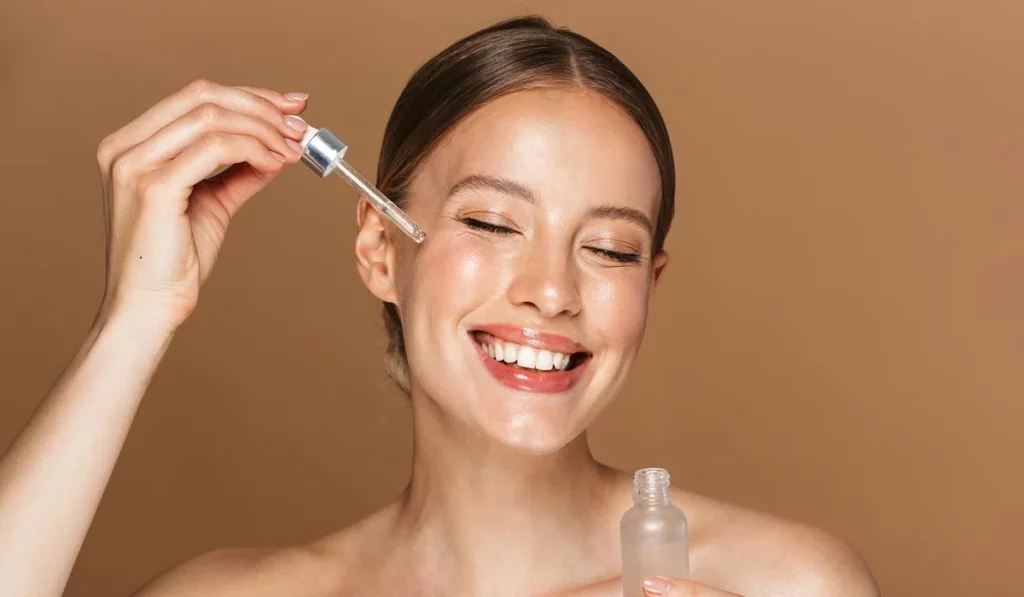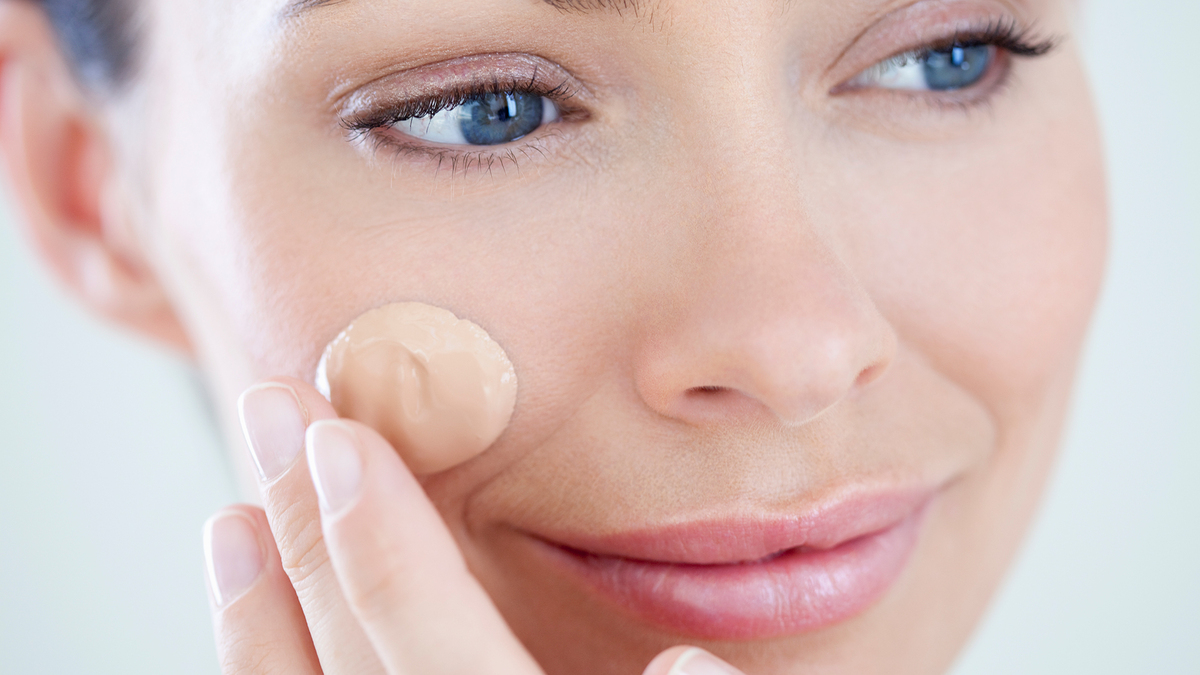In the quest for radiant, healthy skin, moisturizing plays a pivotal role, especially when it comes to facial care. With the vast array of lotions available, understanding how to choose and apply them effectively is crucial. This guide will navigate you through everything you need to know about putting lotion on your face, blending scientific insights with practical tips. Understanding the importance of facial moisturization is the first step towards achieving a glowing complexion. The skin on our faces is more exposed to environmental factors and tends to be more sensitive, making targeted care essential. Moisturizing helps maintain the skin’s barrier, preventing dehydration and protecting against irritants.

Choosing the Right Facial Lotion
Identifying Your Skin Type
Knowing whether your skin is oily, dry, combination, or sensitive is crucial in selecting a lotion that complements your skin’s needs without causing adverse reactions.
Ingredients to Look for and Avoid
Opt for lotions with hyaluronic acid, glycerin, and ceramides for hydration. Steer clear of harsh ingredients like alcohol and fragrances if you have sensitive skin.
SPF-Infused Lotions for Daytime Use
A lotion with SPF protection is essential for daytime use to shield your skin from harmful UV rays, preventing premature aging and skin cancer.
The Correct Way to Apply Facial Lotion
Step-by-Step Guide
Applying lotion correctly enhances its effectiveness. Start with a cleansed face, apply a pea-sized amount, and gently massage it in an upward, circular motion.
Common Application Mistakes to Avoid
Over-application and neglecting the neck and décolletage are common mistakes that can lead to clogged pores and missed areas of care.
The Role of Lotion in Your Skincare Routine
Morning vs. Night: Tailoring Your Approach
Your morning lotion should be lightweight and contain SPF, while your nighttime lotion can be richer, focusing on repair and hydration.
Synergy with Other Skincare Products
Understanding how to layer products correctly ensures that your skin receives the full benefits of each.
Special Considerations for Sensitive Skin
Hypoallergenic and Fragrance-Free Options
For sensitive skin, hypoallergenic and fragrance-free lotions minimize the risk of irritation.
Patch Testing for Safety
Always perform a patch test with a new lotion to ensure it doesn’t provoke a reaction on your sensitive skin.

The Impact of Seasons on Facial Moisturization
Adjusting Your Lotion for Winter and Summer
Your skin’s needs change with the seasons; opt for a heavier moisturizer in winter and a lighter one in summer.
Tips for Maintaining Skin Hydration
Staying hydrated, using humidifiers, and avoiding overly hot showers can help maintain your skin’s moisture balance.
Understanding Facial Lotions and Acne
Non-Comedogenic Formulas
Choose non-comedogenic lotions to prevent pore blockages and acne flare-ups.
Balancing Moisture without Exacerbating Acne
Even oily and acne-prone skin needs moisturization to balance oil production and maintain skin health.
Anti-Aging and Facial Lotions
Ingredients That Fight Signs of Aging
Look for lotions with retinol, peptides, and antioxidants that help reduce the appearance of fine lines and wrinkles.
Incorporating Retinoids and Antioxidants
Using lotions with these ingredients at night can significantly improve skin texture and tone over time.
The Evolution of Facial Lotions
From Traditional Creams to Modern Serums and Gels
The skincare industry is constantly innovating, offering products that cater to specific concerns and skin types.
Future Trends in Skin Hydration Technology
Emerging technologies promise even more personalized and effective hydration solutions, tailored to individual skin needs.
What You Need to Know About Putting Lotion on Your Face
Recap of Key Points: Choosing the right lotion, applying it correctly, and considering your skin’s specific needs are essential steps for optimal facial skin health. The Ultimate Goal of Facial Moisturization: To maintain the skin’s natural barrier, ensure proper hydration, and protect against environmental damage for a healthy, youthful complexion.
Putting lotion on your face is more than a simple skincare step; it’s an investment in your skin’s long-term health and appearance. By choosing the right product, applying it properly, and understanding its role within your skincare routine, you can ensure your skin remains hydrated, protected, and radiant. Remember, skincare is a lifelong journey, and taking the time to care for your skin today will pay dividends in the years to come.
- How often should I apply facial lotion?
- Can I use body lotion on my face?
- What’s the difference between day and night lotions?
- How do I choose a lotion for acne-prone skin?
- Is it necessary to use a lotion with SPF even in winter?
- Can over-moisturizing be harmful?








